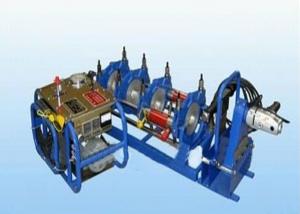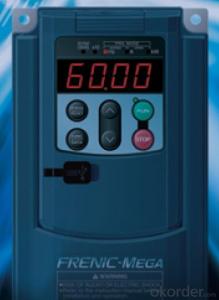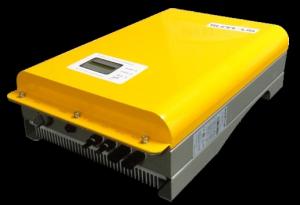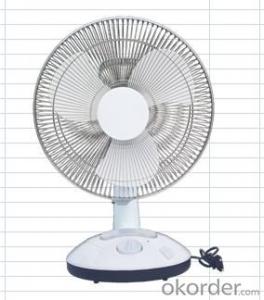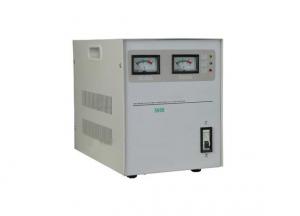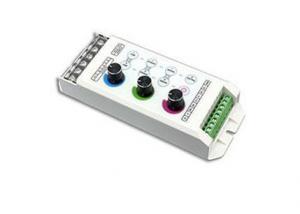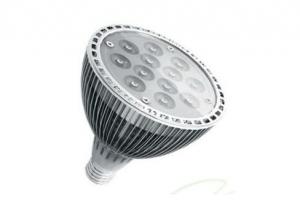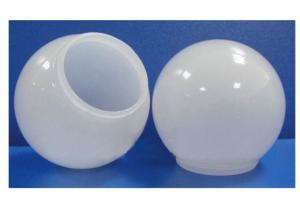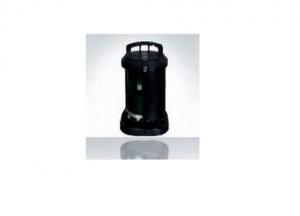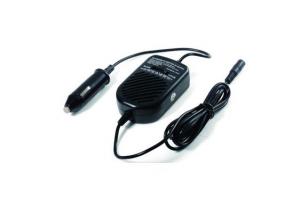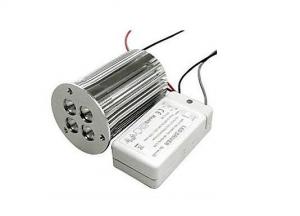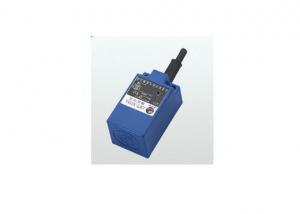Fusion Solar Inverter
Fusion Solar Inverter Related Searches
Hybrid Solar Inverter Frontier Solar Inverter Inverter Solar Hybrid Hybrid Solar Power Inverter Sun Solar Inverter Solar Hybrid Inverter Phoenix Solar Inverter Inverter Hybrid Solar Hybrid Inverter Solar Solar Inverter Hybrid Solar Solar Inverter Solar Inverter Combo Solar Photovoltaic Inverter Solar Energy Inverter Inverter Solar Sunshine Solar Inverter Power Solar Inverter Focus Solar Inverter Solar System Hybrid Inverter Hybrid Solar Inverter System Smart Hybrid Solar Inverter Solar Battery Inverter Combo Solar Field Inverter Solar Converter Inverter Hybrid Inverter Solar System Buy Hybrid Solar Inverter Solar Powered Inverter Smart Solar Inverter Quality Solar Inverter Solar Smart InverterFusion Solar Inverter Supplier & Manufacturer from China
Fusion Solar Inverter is a cutting-edge product designed to optimize the performance of solar energy systems. These inverters play a crucial role in converting the direct current (DC) generated by solar panels into alternating current (AC), which can be used by homes and businesses. They are engineered to maximize energy output, ensuring that solar power systems operate at peak efficiency.The Fusion Solar Inverter is widely used in various applications, including residential, commercial, and industrial settings. These versatile devices cater to different power requirements and can be tailored to suit specific solar power system configurations. They are essential for harnessing the full potential of solar energy, making them a popular choice for those looking to adopt clean and sustainable energy solutions.
Okorder.com is a reputable wholesale supplier of Fusion Solar Inverters, boasting a large inventory to meet the growing demand for these high-quality products. As a trusted source for solar inverters, Okorder.com offers competitive prices and reliable service, ensuring that customers receive the best value for their investment in solar energy technology.
Hot Products



















